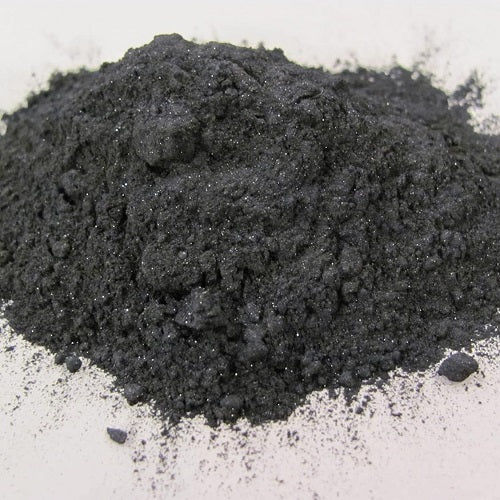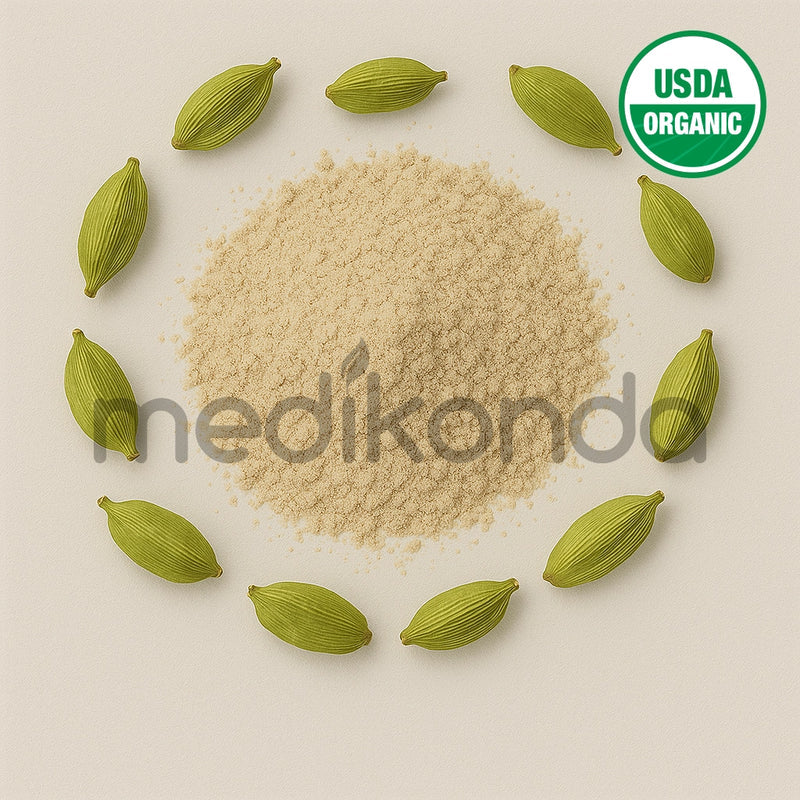Add description, images, menus and links to your mega menu
A column with no settings can be used as a spacer
Link to your collections, sales and even external links
Add up to five columns
Add description, images, menus and links to your mega menu
A column with no settings can be used as a spacer
Link to your collections, sales and even external links
Add up to five columns
LOOKING FOR BULK INGREDIENTS PRICING?
GET INSTANT QUOTEwhat ingredient are you looking for?

Benefits of Antimony Sulfide Powder - Wholesale B2B Bulk Suppliers in Australia and New Zealand
Antimony Sulfide Powder: A Versatile Mineral for Industry and Pyrotechnics
What is Antimony Sulfide Powder?
Antimony sulfide powder, also known by its chemical formula Sb₂S₃, is a dark gray to black powder composed of antimony and sulfur. Naturally occurring in the mineral stibnite, this compound has been known and used since ancient times—historically as a cosmetic (kohl) and today as a critical material in a range of industrial, military, and pyrotechnic applications.
Key Properties of Antimony Sulfide
-
Chemical Formula: Sb₂S₃
-
Appearance: Grayish-black, crystalline or powdered form
-
Melting Point: ~550°C
-
Solubility: Insoluble in water, but soluble in concentrated acids
-
Flammability: Combusts with a bright flame, making it ideal for pyrotechnics
These properties make antimony sulfide a valuable material wherever high-temperature reactions, friction, or precise ignition are required.
Major Applications of Antimony Sulfide Powder
1. Pyrotechnics and Fireworks
Antimony sulfide is widely used as a fuel and colorant in fireworks, flares, and explosives. It enhances flash effects, increases spark intensity, and helps stabilize combustion in military-grade ammunition and signal flares.
2. Match Manufacturing
In match heads, antimony sulfide acts as a fuel source and ignition promoter, working in combination with oxidizers like potassium chlorate. When struck, the match generates the heat required for ignition through this exothermic reaction.
3. Ammunition and Military Uses
Antimony sulfide is a key ingredient in primers for small arms ammunition, as well as in other explosive charges. Its role is to ensure consistent ignition and reliable detonation under a variety of environmental conditions.
4. Semiconductor and Photovoltaic Devices
Due to its semiconducting properties, antimony sulfide has been studied for use in photovoltaic cells and photoconductors. Its layered structure and narrow bandgap make it a potential material in solar energy applications.
5. Lubricants and Friction Materials
In small amounts, antimony sulfide is used in brake linings, clutches, and industrial lubricants, where its thermal stability and friction-modifying characteristics are beneficial under extreme conditions.
Safety and Handling
Antimony sulfide powder should be handled with caution:
-
Toxicity: Can be harmful if inhaled or ingested. Prolonged exposure may affect the lungs or skin.
-
Combustibility: As a flammable substance, it must be stored away from heat and oxidizers.
-
Protective Measures: Use gloves, masks, and protective eyewear when working with the powder in industrial settings.
Proper ventilation and adherence to safety guidelines are essential during processing or manufacturing operations involving this compound.
Environmental Considerations
Like many heavy metal compounds, improper disposal of antimony sulfide can lead to environmental contamination. Waste materials must be treated according to hazardous waste protocols, and recycling or reclamation is encouraged wherever possible.
Final Thoughts
Antimony sulfide powder is a unique material with a long-standing history and a wide array of applications—from lighting up the night sky in fireworks to powering ignition systems in ammunition and matchsticks. Its combination of flammability, conductivity, and thermal stability makes it a vital compound in various sectors. However, due to its toxic nature, responsible handling and environmental care are essential when working with this powerful mineral.
For bulk orders and inquiries, visit Medikonda Nutrients - Antimony Sulfide Powder
Medikonda Nutrients is the Largest Manufacturer, B2B Bulk Wholesale Supplier of Antimony Sulfide Powder in Australia and New Zealand.
Also in Medikonda: Health & Wellness
SUBSCRIBE NOW ...
Don't miss to get latest updates on sales, new releases and promotions




